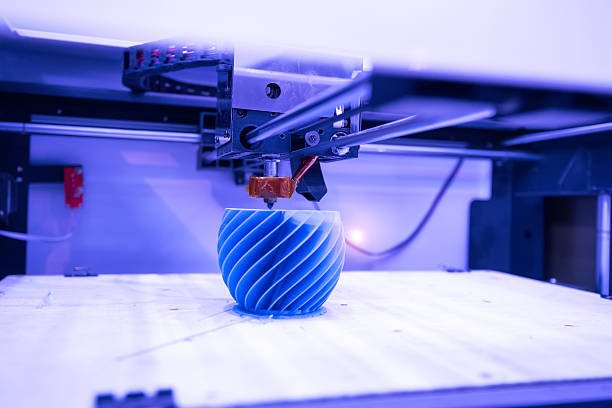Five Benefits Of 3d Printing To Architects

Architecture is a highly competitive field and with every project that is presented, architects face tough competition as clients have a vast range of options. Architectural firms must focus not just on performance but also for innovation to keep ahead of their competition. This puts them in a great chance of winning future projects. Investigating 3D printing gives architectural firms an increased chances of success since 3D printing has many advantages.
A lot of architects are employing 3D conceptual models printed on paper to supplement elevations, plans, sections and rendered images in order to better convey their concepts to prospective clients and investors. This allows the client to get a better understanding of the project and also helps you distinguish yourself from the rest of your competition. Continue reading to take a look at the six benefits of competition that come with 3D printing for Architects.
You can save up to 100 hours manual labor
It's time-consuming and tedious making a model by hand. It takes patience to achieve quality results. Depending on the scale and level of detail, hand-crafting a conceptual model made from cardboard, foam or wood could take a few days. The process of creating the final model may be a long time and will require an extended timeline. A 3D printer can cut down on the amount of time it takes to produce a single model. It is an enormous investment. The technology bypasses all the cutting, measuring glueing, cutting and other manual labour required to create a whole model giving Architects the time to concentrate on their design. Pick3DPrinter is a tool you've heard of ender 3 v2 firmware.
Show Complex Designs in More Detail
A 3d print lego is proven to be a crucial tool for printing and displaying intricate aspects like the facade or an intricate textured roof. These complex and intricate features which are normally difficult or impossible to create accurately by hand are easily achievable with 3D printing. This will enhance the experience of clients and give them an idea of how the features will appear in reality. It could even show how shadows and sunlight will appear during the day, which would make the model more real.
You can easily test the design concepts
3D printing provides architects with the capability to rapidly test different design concepts and create multiple iterations in the beginning stages of projects. This greatly increases productivity and allows designers to spot potential flaws that would be more difficult to spot on a Revit computer model. The low-cost 3D printed architectural models can be utilized by architects to assess the structure, space volume, as well as the natural light that travels through the building. Modifying a working model's scale will allow you to determine its relation to its surroundings, which can also be 3D printed. It can also help to determine how the structure will fit into a specific neighborhood.
Explore a wide range of colors and materials
Architects can communicate their design in a wider range of dlp 3d printer. It eliminates the hassle of creating a suitable colored material to use on different parts of the model. Utilizing transparent, glossy or white materials can add the appearance of luxury. This improves the overall look of the model and highlights the contrast of the model with its surroundings.
Multiple copies of the same document are possible.
Multiple copies can easily be created of the final model. The 3D print file is stored forever for later reference. The ability to quickly create multiple copies is uncommon in comparison to the conventional methods of model making. This allows architects to offer their customers or investors a scale model copy of the project for which they have been hired to work on.
Maak jouw eigen website met JouwWeb